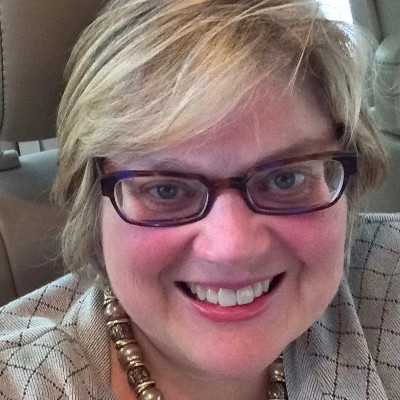Report Outlines the Future Potential of Cancer Screenings

Cancer screening has helped saved hundreds of thousands of lives. But “millions of people in the US who should be screened aren’t getting screened, and millions who are being screened aren’t receiving the highest quality testing available,” said Robert A. Smith, PhD. Narrowing these gaps could allow screening to save even more lives.
"The full potential of cancer screening is not being achieved," said Smith, senior vice president, cancer screening at the American Cancer Society (ACS). To help improve US cancer screening, he and his colleagues published an ACS blueprint article that recommends key areas of research that can help more people get screened, improve the quality of screening, find new screening methods, adjust screening guidelines to better account for levels of risk, and develop screening tests for more types of cancer.
Recommended Cancer Screenings in the US
Right now, there are only effective screening recommendations for 6 cancers: breast, cervix, colon, rectum, lung, and prostate. These are the types of cancer screening recommendations from the ACS and the US Preventive Services Task Force (USPSTF). The recommendations vary based on a person’s age and risk factors.
- Women should get screened for cancers of the breast, cervix, and colon and rectum.
- Men should get screened for cancer of the colon and rectum, and should talk with their doctor to decide whether to be screened for prostate cancer.
- Adults with a high risk for lung cancer who meet certain criteria should get screened for it.
Screening helps find cancer in early stages when it’s often easier to treat, which leads to reduced cancer death rates. In certain types of cancer, such as cervical and colorectal cancer, screening tests can find pre-cancers and stop cancer from even starting.
Research That Could Improve Cancer Screening in the US
To help cancer screening be used to its full potential, Smith and his colleagues at the ACS recommended these 5 key areas for research.
Studies to find ways to screen more people. Research to improve the way healthcare providers identify and notify patients who should be screened might include:
- Looking at how electronic health records create screening reminders and how the reminders are used;
- Finding the best ways to make the public aware of screening and messages that prompt them to take action; and
- Learning the best ways patient navigators can help guide people to get screened.
Identifying ways to increase the effectiveness of existing screening methods and develop new ones. For instance, Smith said, “Right now, PSA blood testing does not identify how aggressive prostate cancer is. So we either need to improve the way we use it to screen for prostate cancer, or we need a different test.”
Smith said we also need better ways to screen for cancer in women with dense breasts. It’s harder to see abnormal areas on a mammogram when a woman has dense breast tissue. So the results of mammograms can be harder to evaluate in women who have dense breasts.
Evaluating new screening strategies where screening already exists. New ways of screening women with dense breasts for cancer are being tested, including contrast-enhanced MRI and molecular breast imaging. Blood tests that find circulating DNA of tumors are being developed to find many types of cancers. A large investment in research is needed to help develop new, higher-performing, more affordable, and more culturally acceptable screening tests.
Refining screening guidelines based on a person’s level of risk for developing a certain type of cancer. Most recommended screenings for cancer are based on people in certain age ranges who have an average risk for a type of cancer. Refining guidelines based on a person’s level of risk could identify those who are most likely to benefit from more intense screening. Research using genetic analysis could one day help doctors accurately know which people are well below the average risk and who might be able to skip screening or be screened differently.
Finding ways to screen for other common cancers. The authors recommend starting with bladder, liver, and pancreatic cancers, for which there currently are no screening tests available.
Putting these recommendations into action requires a commitment from all groups involved in providing health care, Smith said. They include government leaders, health care insurers, health care facilities and providers, various types of health-related companies, and patient organizations.
“If you haven’t yet been screened or you’re not up to date on your screening tests,” Smith said, “tell your doctor you want to discuss how you can get the protection of all the recommended screening tests and that you need their support to help make that happen.”
This is the 5th article from the American Cancer Society National Cancer Control Blueprint, a series of papers published in CA: A Cancer Journal for Clinicians the flagship journal of the ACS. The goal of these papers is to outline the ACS vision to create a cancer control plan that will reduce cancer deaths in the US. The first story was about the blueprint’s goals. The second was about how well cancer control is working in the US. The third was about controlling risk factors to help prevent cancer. The fourth covered the needs of cancer survivors and caregivers. The sixth focused on the role of cancer care systems. The seventh was about the goal to reduce cancer deaths 40% by 2035. The eighth story was about the social determinants that contribute to a lack of access to cancer care in low socioeconomic communities.




